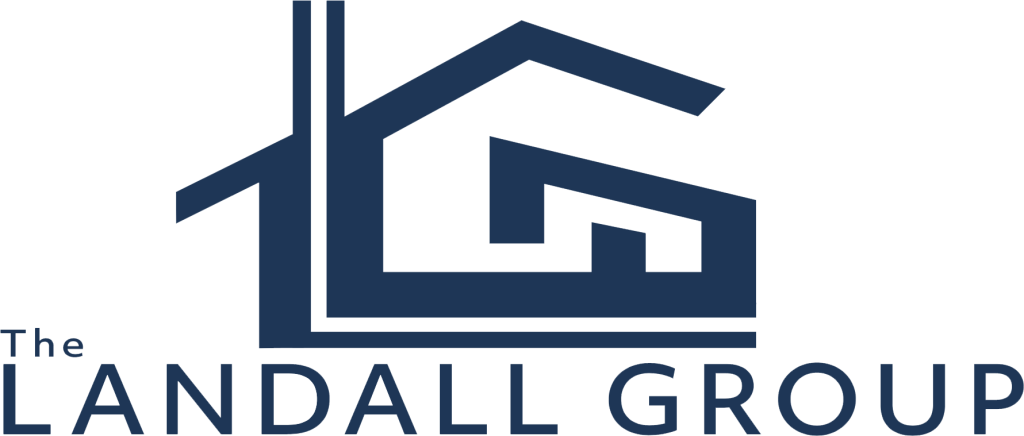Homeowner’s insurance typically provides coverage for various perils and events that may result in property damage or loss. The specific coverage can vary depending on the insurance policy and the insurance provider, so it’s important to review your policy documents to understand the details. However, I can provide you with a general overview of what is typically covered and what is not covered in a homeowner’s insurance policy.
Covered Events (Losses):
Dwelling Coverage: This part of the policy typically covers the physical structure of your home against specific perils like fire, windstorms, hail, lightning, explosions, vandalism, and theft. It usually includes the main building, as well as attached structures like garages or decks.
Other Structures Coverage: Detached structures on your property, such as sheds, fences, and standalone garages, are often covered under this part of the policy.
Personal Property Coverage: This coverage protects your personal belongings, such as furniture, appliances, electronics, and clothing, against covered perils, both inside and outside your home. Covered events may include fire, theft, vandalism, or certain natural disasters.
Liability Coverage: If someone is injured on your property and you are found legally responsible, liability coverage helps cover their medical expenses, legal fees, and other related costs. It also provides coverage if you cause damage to someone else’s property.
Additional Living Expenses: If your home becomes uninhabitable due to a covered event, this coverage helps with expenses like temporary accommodation, food, and other associated costs while your home is being repaired or rebuilt.
Not Covered (Exclusions):
Flood Damage: Standard homeowner’s insurance policies usually do not cover damage caused by floods. You may need to purchase a separate flood insurance policy to protect your home and belongings against flood-related losses.
Earthquakes: Similar to floods, earthquakes are typically excluded from standard policies. If you live in an area prone to earthquakes, you might need to purchase additional coverage or a separate earthquake insurance policy.
Maintenance and Wear and Tear: Homeowner’s insurance is not intended to cover damages resulting from lack of maintenance, normal wear and tear, or gradual deterioration of your home or belongings.
Intentional Damage: Damage caused intentionally by the homeowner or any member of the household is generally not covered by insurance.
Certain High-Risk Items: Some valuable items like jewelry, art collections, or antiques may have limited coverage under a standard policy. You may need to purchase additional coverage or add endorsements to insure these items fully.
Remember, this is a general overview, and the coverage specifics can vary between insurance providers and policy types. It’s crucial to carefully review your policy documents and consult with your insurance agent or company to understand the specific details of your homeowner’s insurance coverage.




